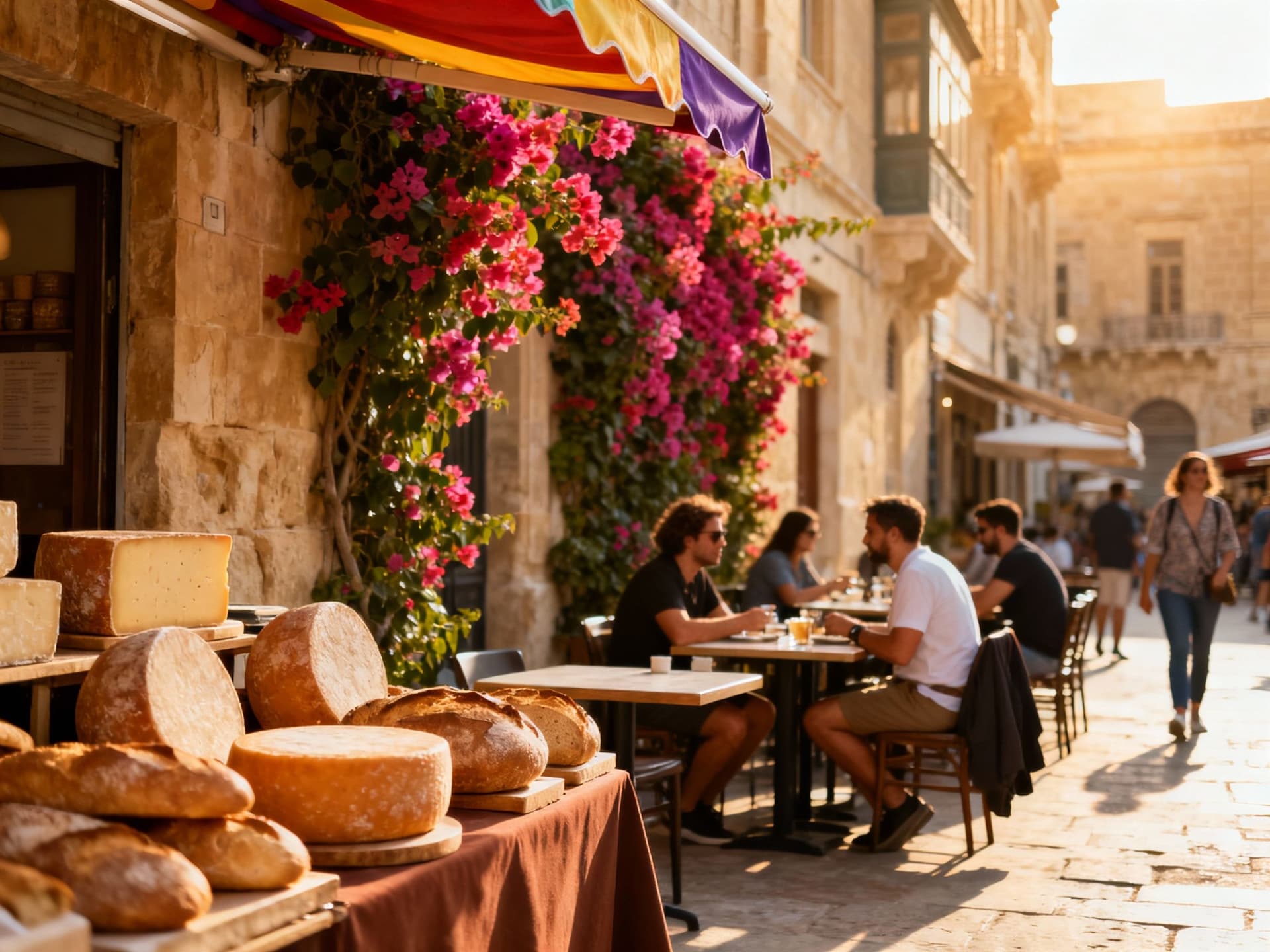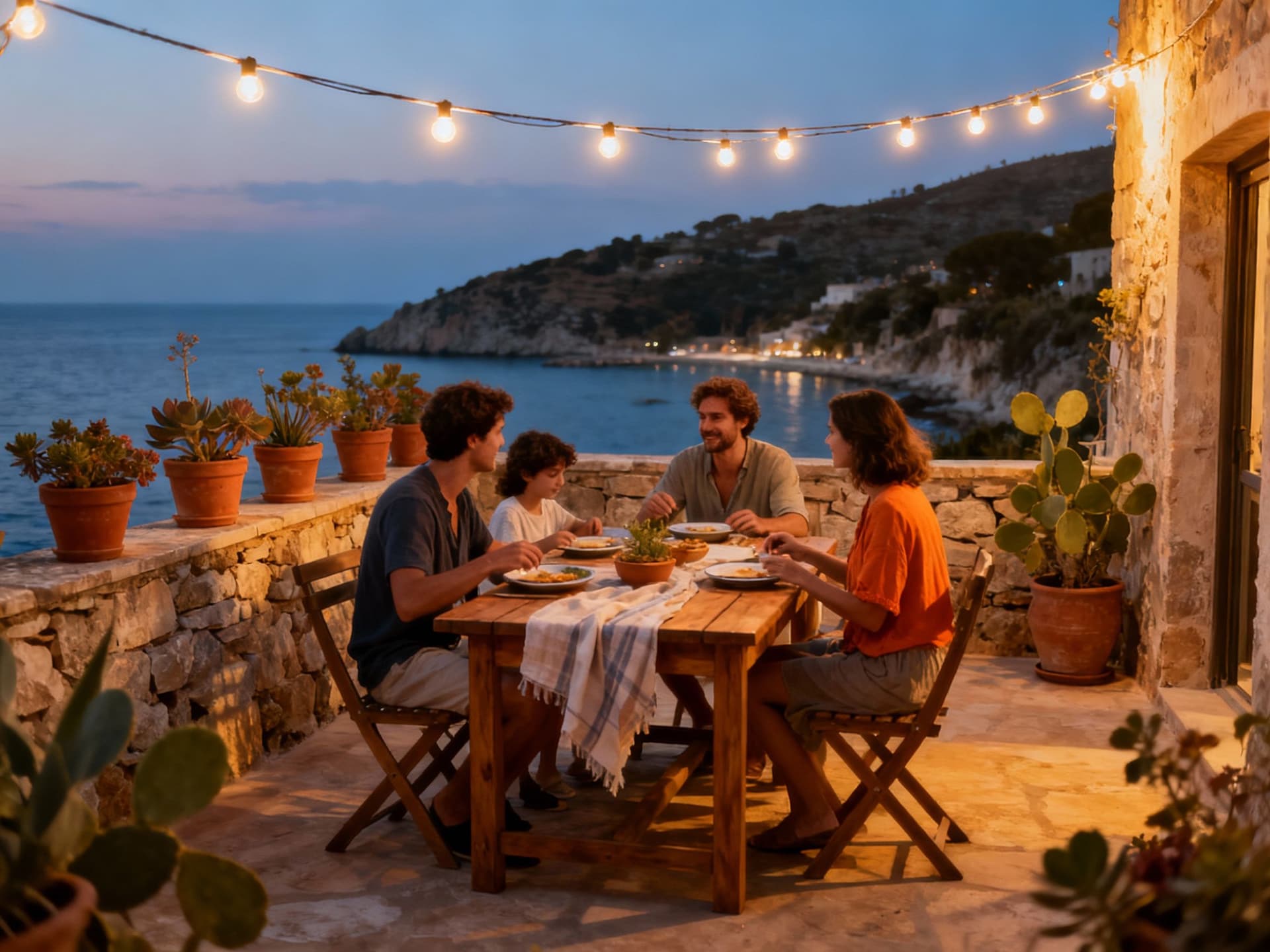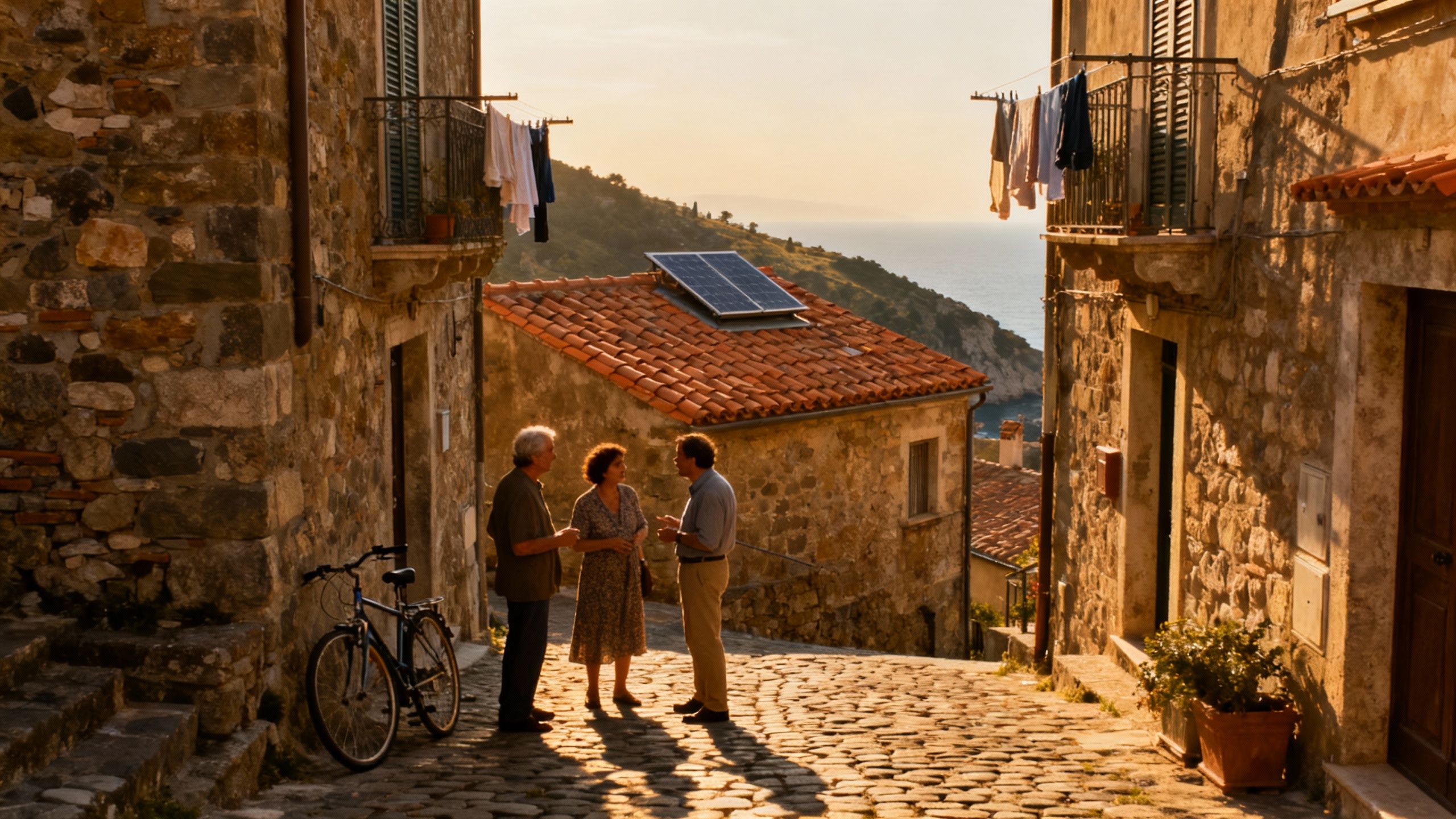Malta: Seasonal Life, Real Prices & Practical Trade‑offs
Malta’s compressed Mediterranean life pairs with steady price rises; match neighbourhoods to seasonal living, prioritise terraces, limestone walls and simple eco-upgrades. Sources: NSO, BIS, Reuters.
Imagine waking to a narrow limestone street in Valletta, the air salted and warm, cafés filling with conversation in English and Maltese. You stroll past laundry-draped balconies, buy fresh gbejniet (sheep cheese) at a market stall, and within fifteen minutes you can be on a rocky cove or in a quiet baroque square. That compressed, sun-warmed life—intense, social, seasonal—is what draws many of us to Malta. It’s small enough to know your neighbours yet varied enough to choose a very different life from one village to the next.
Living the Malta life: compressed Mediterranean rhythm

Days in Malta are carved by sea and sun: mornings at a pastizzi shop in Mosta, late afternoons at the Sliema promenade watching fishing boats, evenings in St Julian’s where conversation drifts from family to football. It’s vivid and sensory—lime-washed walls, prickly bougainvillea, and the constant background of church bells. For international buyers, that texture of daily life—compact, walkable, sociable—is often the deciding factor.
Neighbourhood notes: Valletta, Sliema, Marsaxlokk and Gozo
Valletta is cinematic—baroque facades, tiny specialist shops and a surprising number of gardens tucked behind palazzo walls. Sliema and St Julian’s lean social and seafront, where apartments with terraces capture afternoon light. Marsaxlokk offers slow fishing-harbour life and colourful rowboats; Gozo feels rural, with honey-coloured villages and fields for walking. Each area matches a different daily rhythm: busy promenades and cafés, quiet lanes and community rituals, or farm-to-table island living.
Food, markets and the sea: everyday pleasures that shape choices
Picture weekend markets in Valletta and Rabat where vendors sell olives, sun-dried tomatoes and slow-cured anchovies. In summer, beach barbecues and late-night festas keep streets alive; in winter, small trattorias serve slow stews and broad beans with pecorino. These habits drive what matters in a home—outdoor terraces, shaded courtyards, and kitchens that handle convivial cooking.
- Morning coffee on the Sliema seafront (Café del Mar-style people watching)
- Fish supper Sundays in Marsaxlokk, beside painted luzzi (fishing boats)
- Wandering Valletta’s narrow streets to find a tiny bakery with oven-warm ftira
- Slow Gozo mornings—local markets, limestone lanes, community potlucks
Making the move: lifestyle-savvy practicalities

If the lifestyle sings to you, the next step is matching that feeling to property realities. Malta’s market is compact and active—NSO and BIS indicators show steady price increases through 2024–2025—so timing, neighbourhood nuance, and an agent who understands seasonal living matter as much as square metres. Think in terms of how you want to live each month, not just annual averages.
Property styles that support island life
Traditional townhouses with internal courtyards are forgiving in summer (shade and airflow) and ideal for gardeners starting small permaculture patches. Modern apartments near the promenade prioritise terraces and insulation to capture sea breezes. On Gozo, farmhouses and villas come with land—perfect for kitchen gardens and solar arrays. Match the property type to how you want to use outdoor space year-round.
Working with locally rooted agents
Choose agents who live the seasons and know the small practicalities: which streets flood after a rare storm, where the midday sun heats terraces, which older properties have thick limestone walls that keep interiors cool. Ask about multi-season utility performance and whether the seller invested in insulation, shutters, or rainwater capture. Local expertise is also essential given evolving residency and investment rules after recent EU rulings affecting Malta’s citizenship-by-investment history.
- Ranked practical-lifestyle checklist for house-hunting in Malta
- Prioritise outdoor orientation (terrace/sun/shade) over raw square footage.
- Confirm sea-spray and humidity protections for metal fixtures and cabinetry.
- Ask if a property has PV-ready roof, rainwater collection or greywater plumbing.
- Check how national price trends affect your target neighbourhood—NSO and BIS indices are good cross-checks.
Insider knowledge: expat truths and seasonal realities
Many expats tell the same surprising thing: Malta’s size speeds up learning and integration. You’ll know where to buy the best bread within a month, and you’ll become part of micro-communities quickly. But that intimacy has trade-offs: noise during festa season, limited privacy in tightly packed streets, and a market where foreign demand affects specific pockets more sharply than national averages.
Language, customs and making friends
English is official and widely spoken, which flattens early friction. Still, learning Maltese opens doors—grandparents at markets respond to a few words and neighbours appreciate effort. Participate in festa volunteering, join a diving club, or a community garden in Gzira; those are the quickest ways to belong.
Long-term lifestyle stewardship
Think beyond purchase: invest in simple, island-appropriate sustainability—solar panels, water cisterns, native planting to reduce irrigation. These choices improve comfort and resale appeal in a market where buyers increasingly value ready-made low-impact systems. With RPPI rising steadily, small investments in ecological upgrades often pay back in lifestyle and value.
- Install shades and shutters to reduce cooling needs in hot months.
- Choose native drought-tolerant plants for terraces and courtyards.
- Prioritise properties with roof space suitable for photovoltaic panels.
- Ask your agent about local craftsmen for lime-plaster repairs and traditional carpentry.
Conclusion: Malta rewards those who buy for the life rather than only the asset. If you want mornings on limestone streets, afternoons on a rocky beach and evenings in small, convivial restaurants, match that picture to property features—courtyards, terraces, thick walls, and small-scale sustainability upgrades. Work with a local agent who can translate seasonal living into practical purchase criteria, and keep an eye on official price indices and policy shifts as you plan. When you arrive, bring curiosity, a respect for traditions, and a willingness to plant something—Malta tends to return care with a deep sense of belonging.
Norwegian market analyst who relocated from Oslo to Provence; guides investors with rigorous portfolio strategy and regional ecological value.


